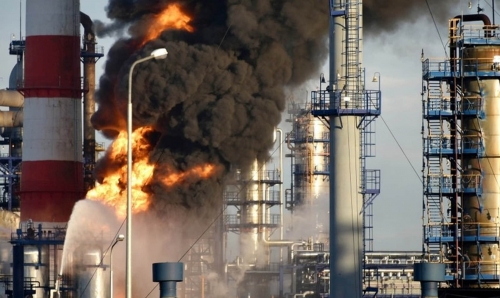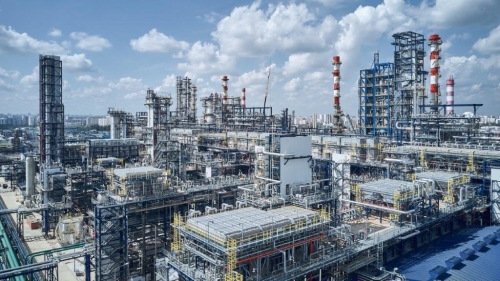Oil prices edged up on Tuesday, lifted by statements that Saudi Arabia was making significant supply cuts, although rising U.S. output meant that markets remain well supplied.
Brent crude futures LCOc1 were at $48.52 per barrel at 0510 GMT, up 23 cents, or 0.5 percent, from their last close.
U.S. West Texas Intermediate (WTI) crude futures CLc1 were at $46.27 per barrel, up 19 cents, or 0.4 percent.
Saudi Arabia, the world's top oil exporter, is leading an effort by the Organization of the Petroleum Exporting Countries (OPEC) to cut production by almost 1.8 million barrels per day (bpd) until the end of the first quarter of 2018 in order to prop up prices. Other countries, including top producer Russia, are also participating.
During the first half of the year, there were doubts over OPEC's compliance with its own pledges, as supplies remained high.
Saudi officials now say they are making real cuts, including 300,000 bpd to Asia for July, although several Asian refiners said they were still receiving their full allocations.
"Oil attempted to rally... as Saudi Arabia announced cuts to shipments to the United States and Asia," said Jeffrey Halley, senior market analyst at futures brokerage OANDA in Singapore.
OPEC's exports have been falling since the start of the cuts in January, although some members such as Libya and Nigeria are exempt from the cuts and there have been doubts over the compliance of others, including Iraq.
Trade data shows that OPEC shipments to customers averaged around 26 million bpd in the last six months of 2016, while they are set to average around 25.3 million bpd in the first half of this year.
Threatening to undermine OPEC's efforts is rising U.S. drilling activity RIG-OL-USA-BHI, which has driven up output C-OUT-T-EIA in the United States by more than 10 percent since mid-2016, to over 9.3 million bpd.
The U.S. Energy Information Administration says production will rise above 10 million next year, challenging top exporter Saudi Arabia.
Overall, oil markets remain well supplied.
Reflecting the perception that global oil supplies are ample, the Brent forward curve remains in a shape known as contango, with crude for delivery in half a year's time about $1.50 per barrel more expensive than that for immediate delivery, making it attractive for traders to store oil for a later sale.
"Where oil prices go will be determined by the flow of inventory data," said Greg McKenna, chief market strategist at Australian futures brokerage AxiTrader.
While prices were up on Tuesday, crude has lost 10 percent of its value since late May when OPEC announced it would extend its production cuts.

%20(1).png)



